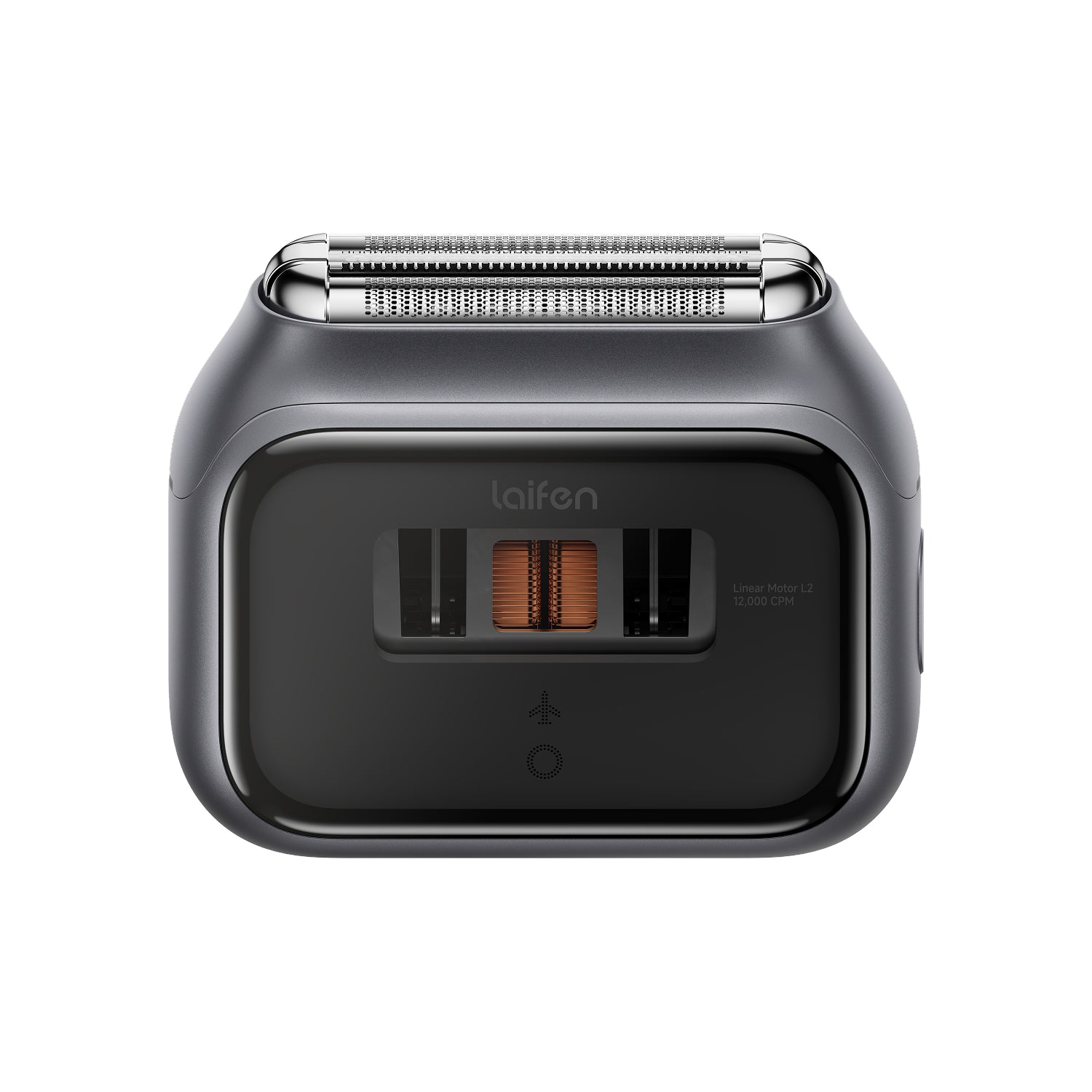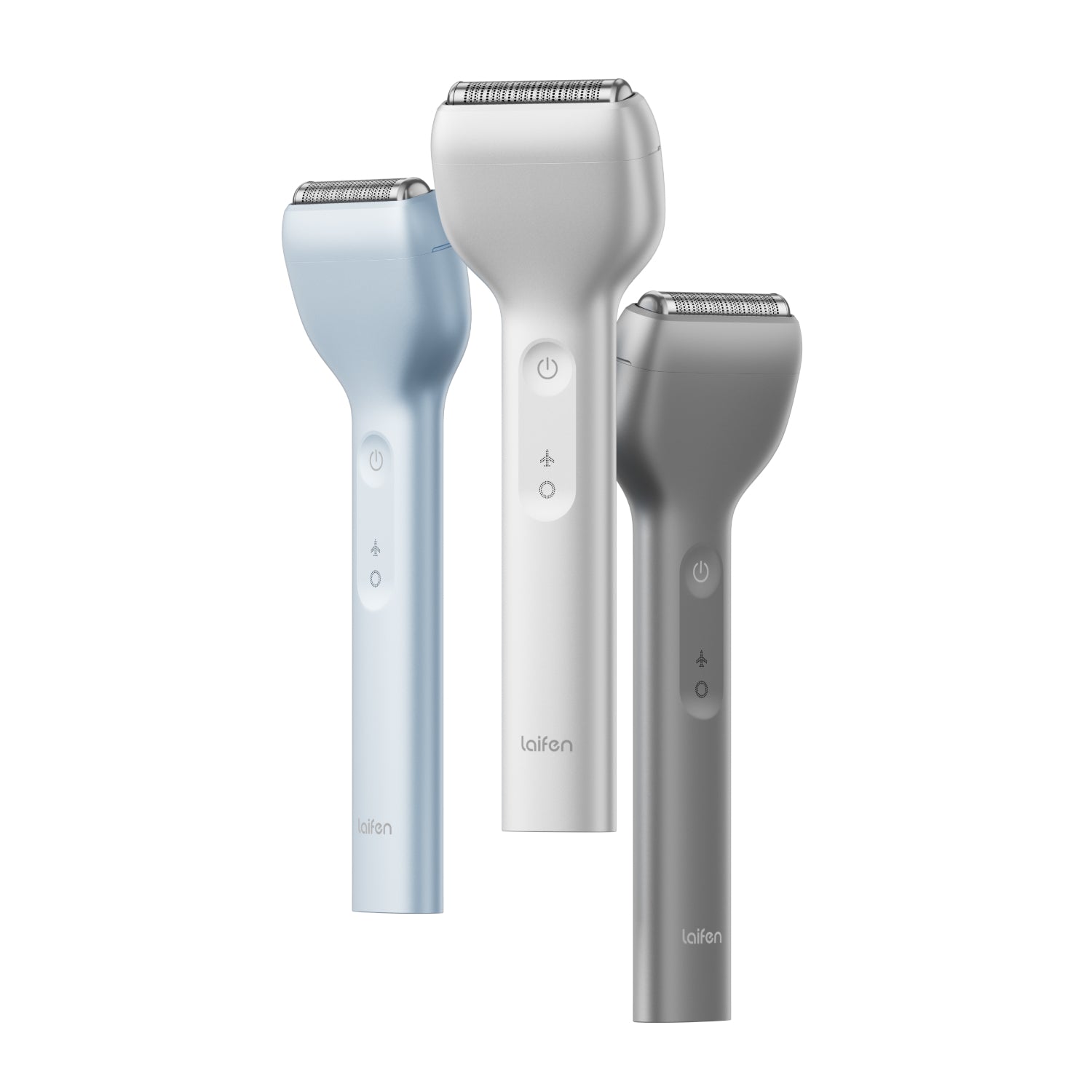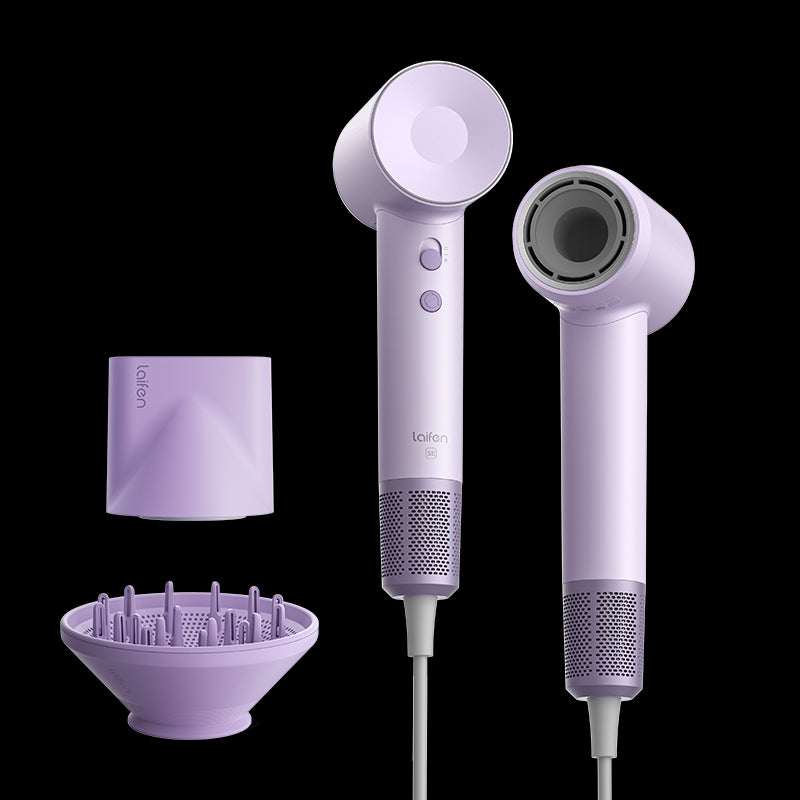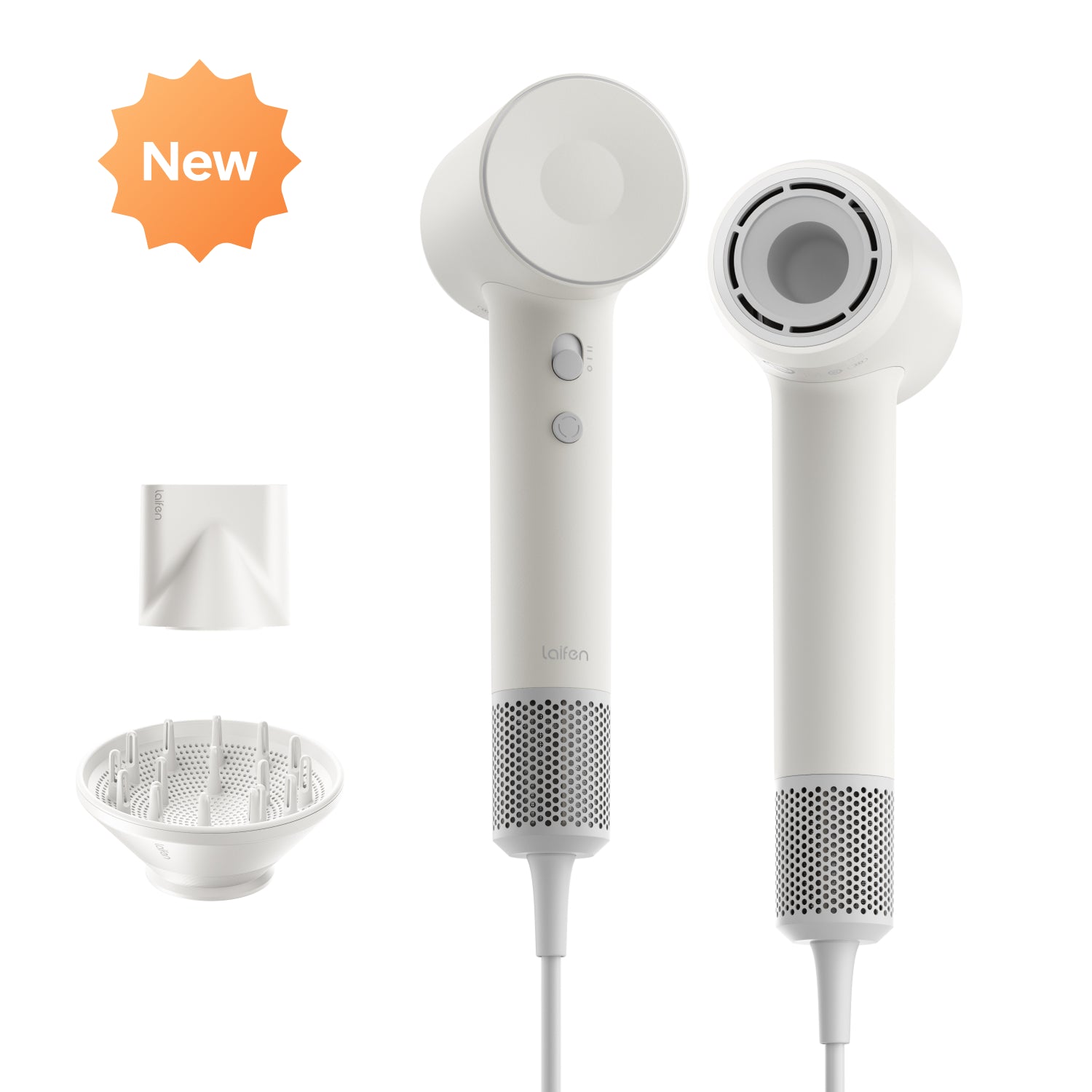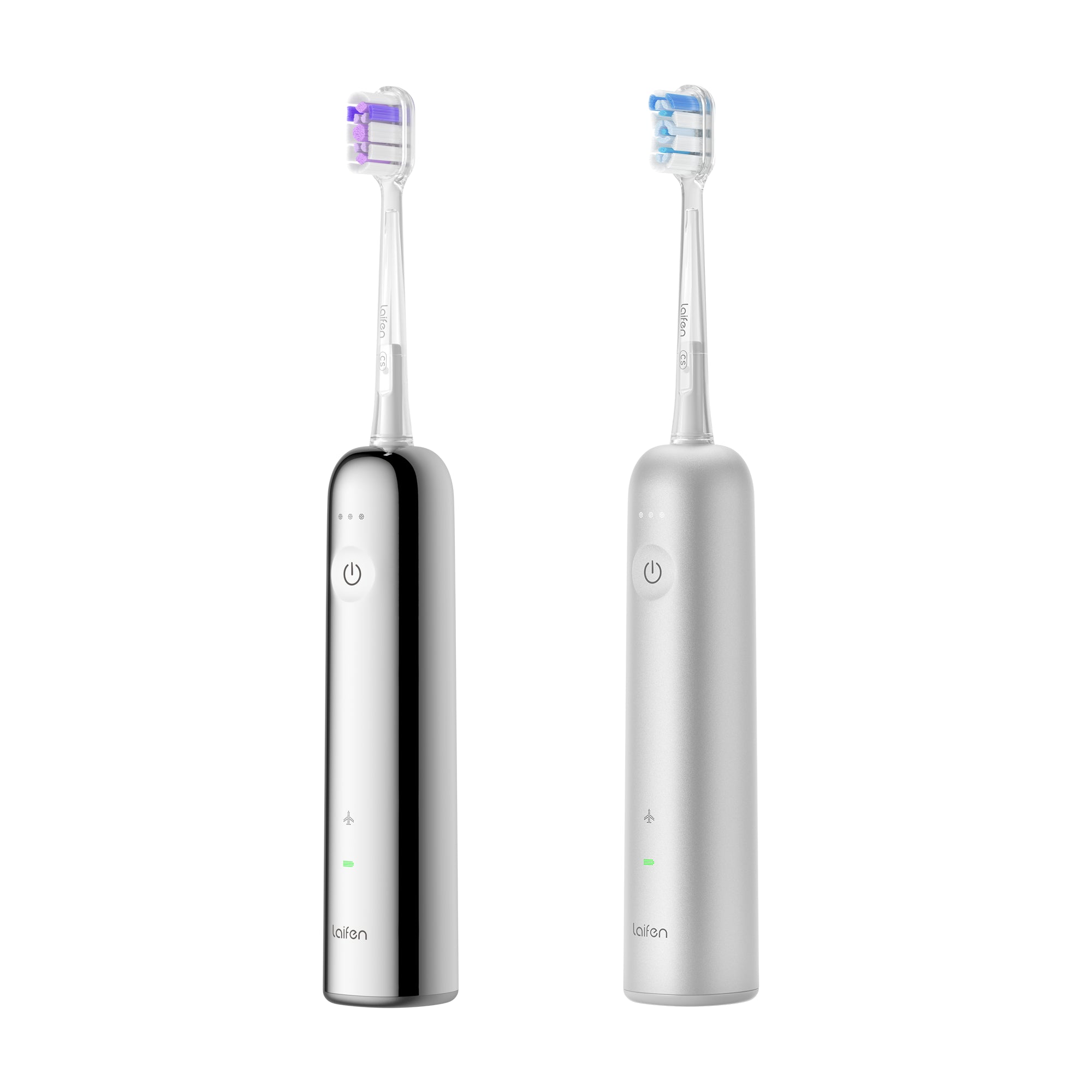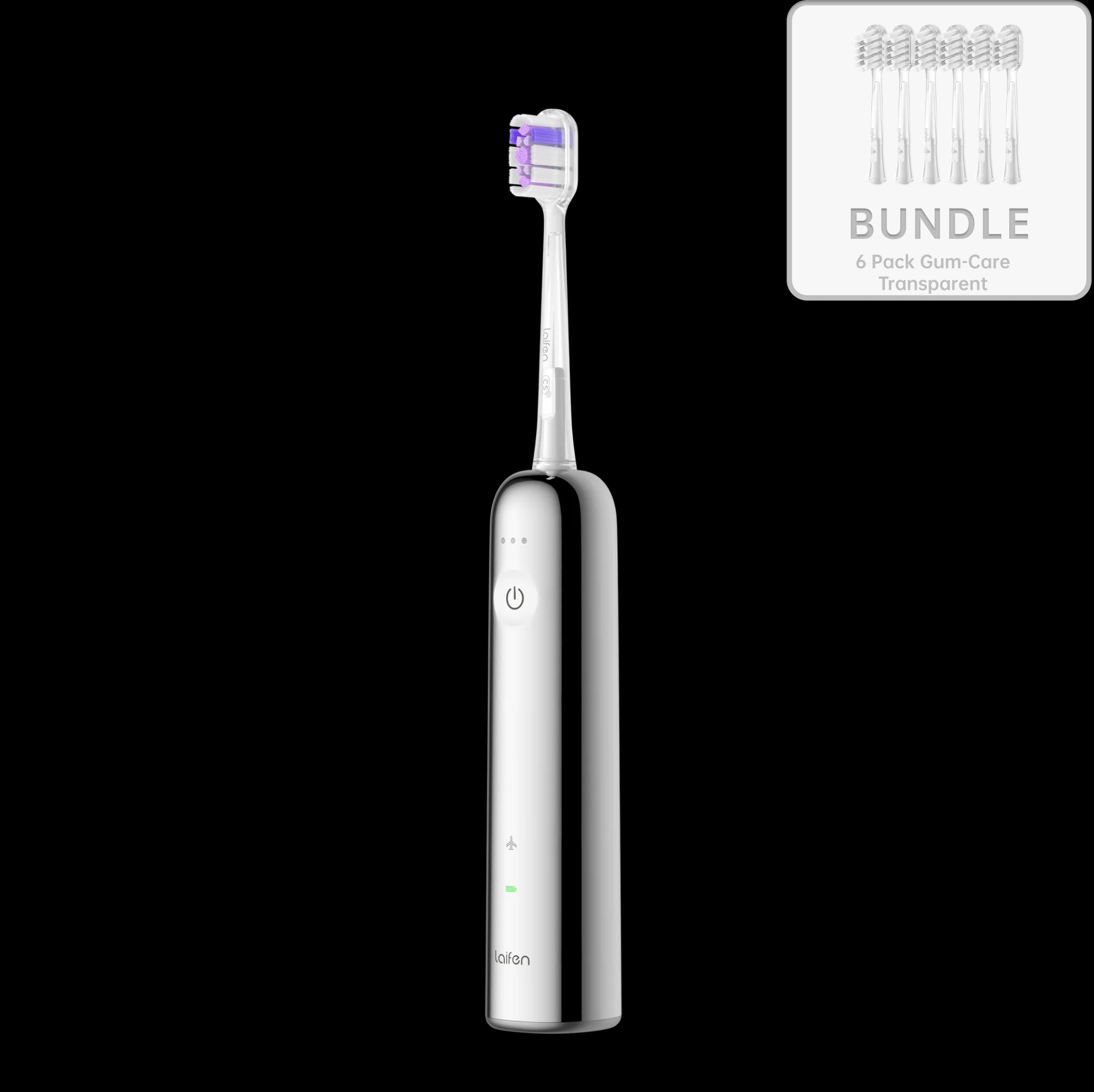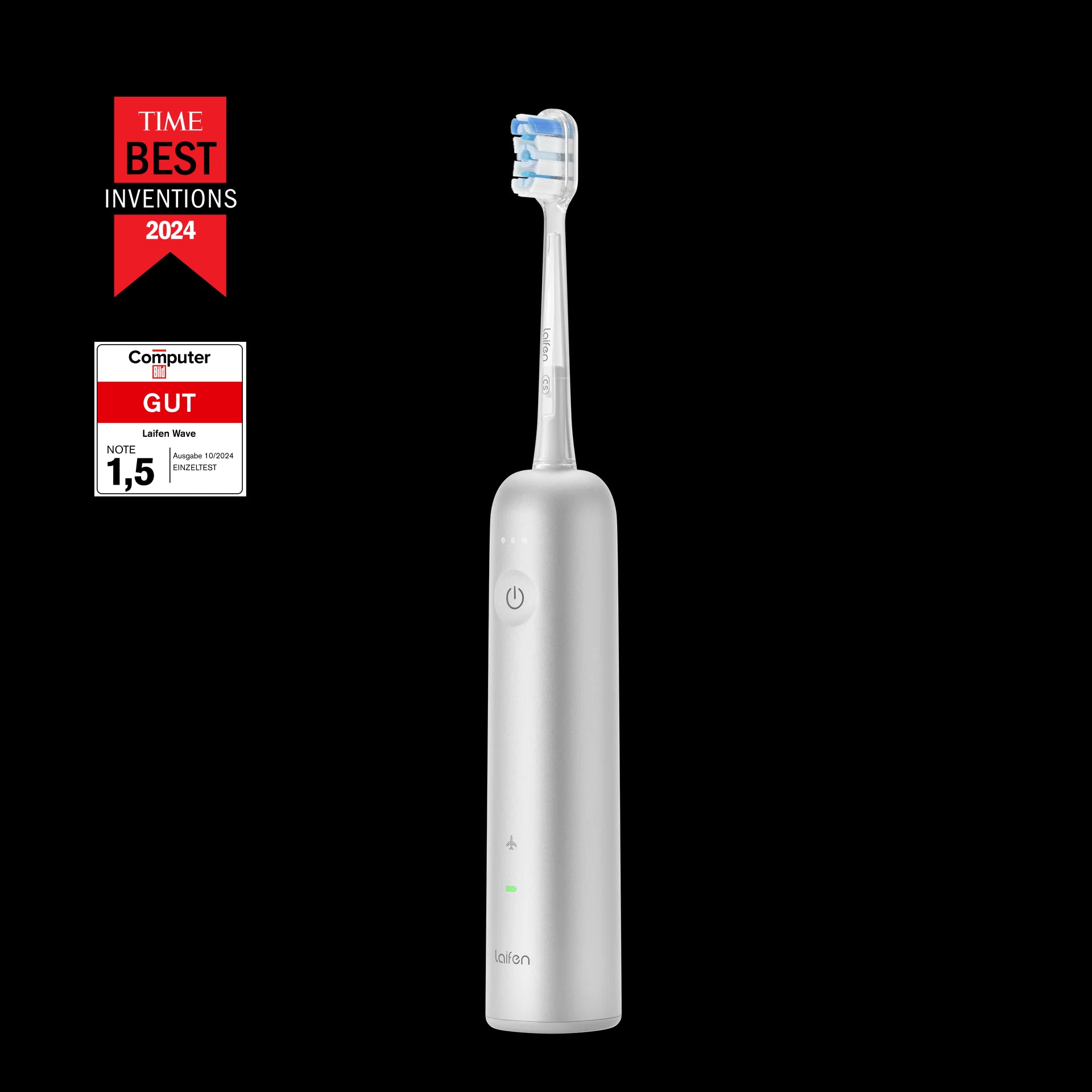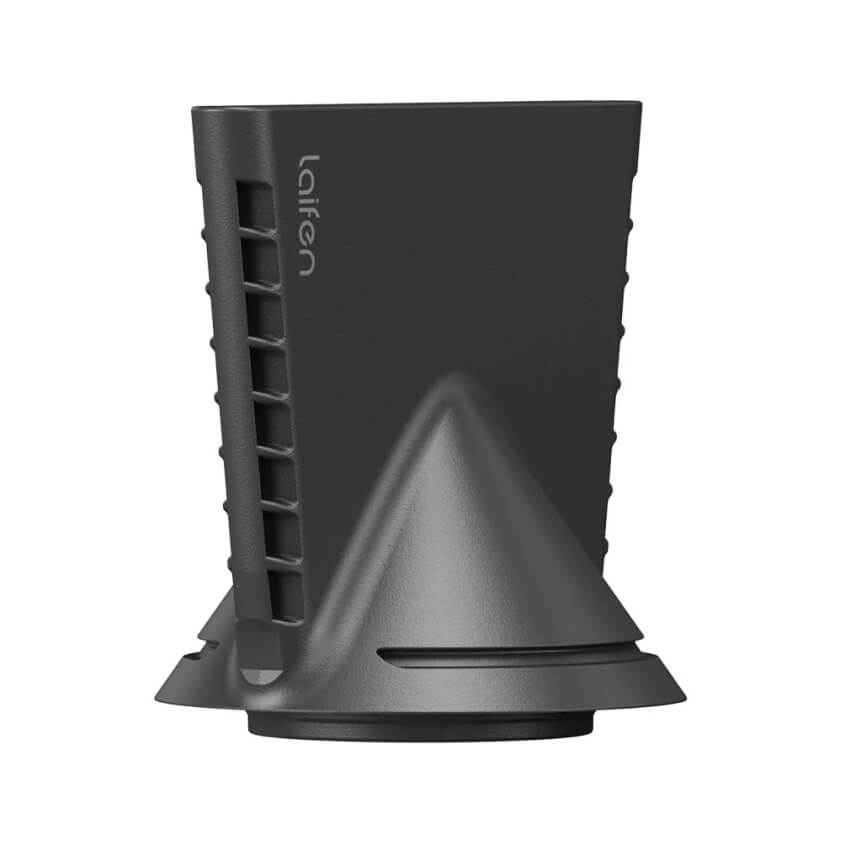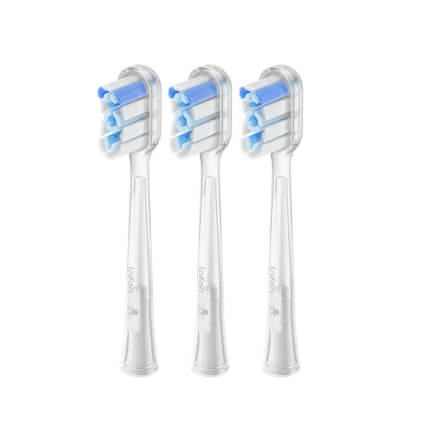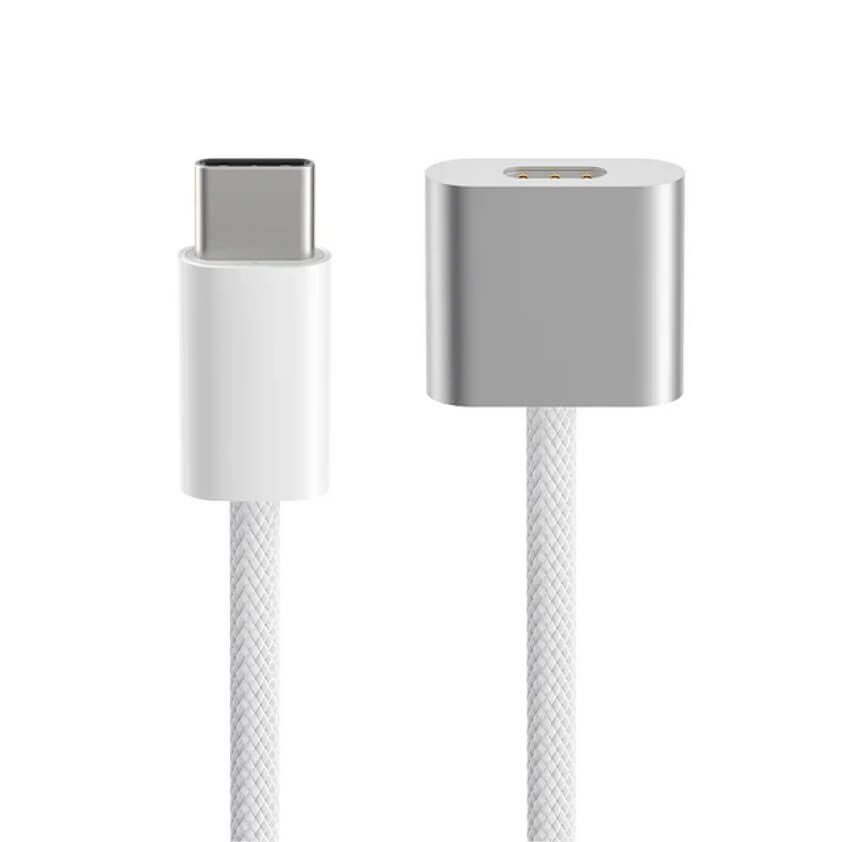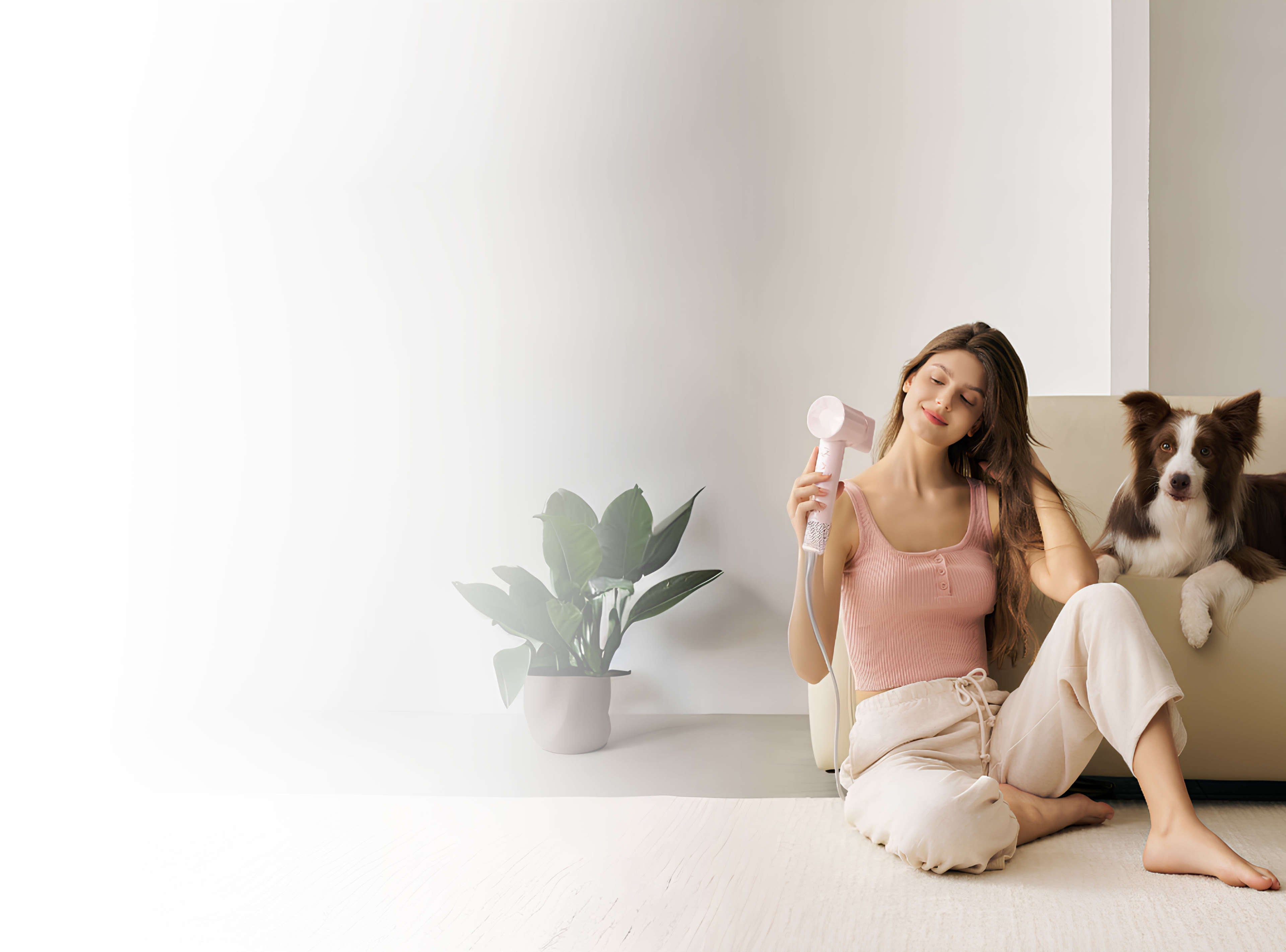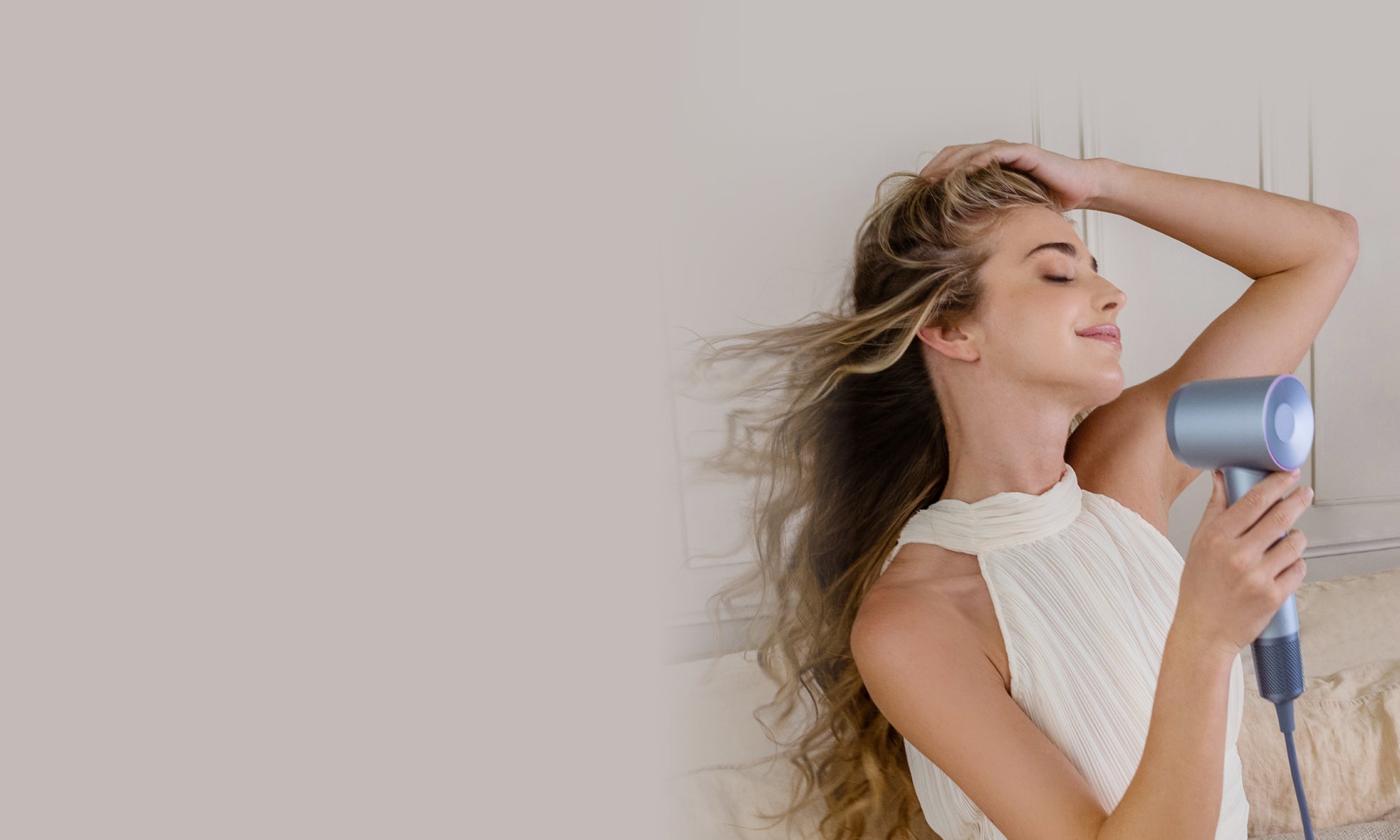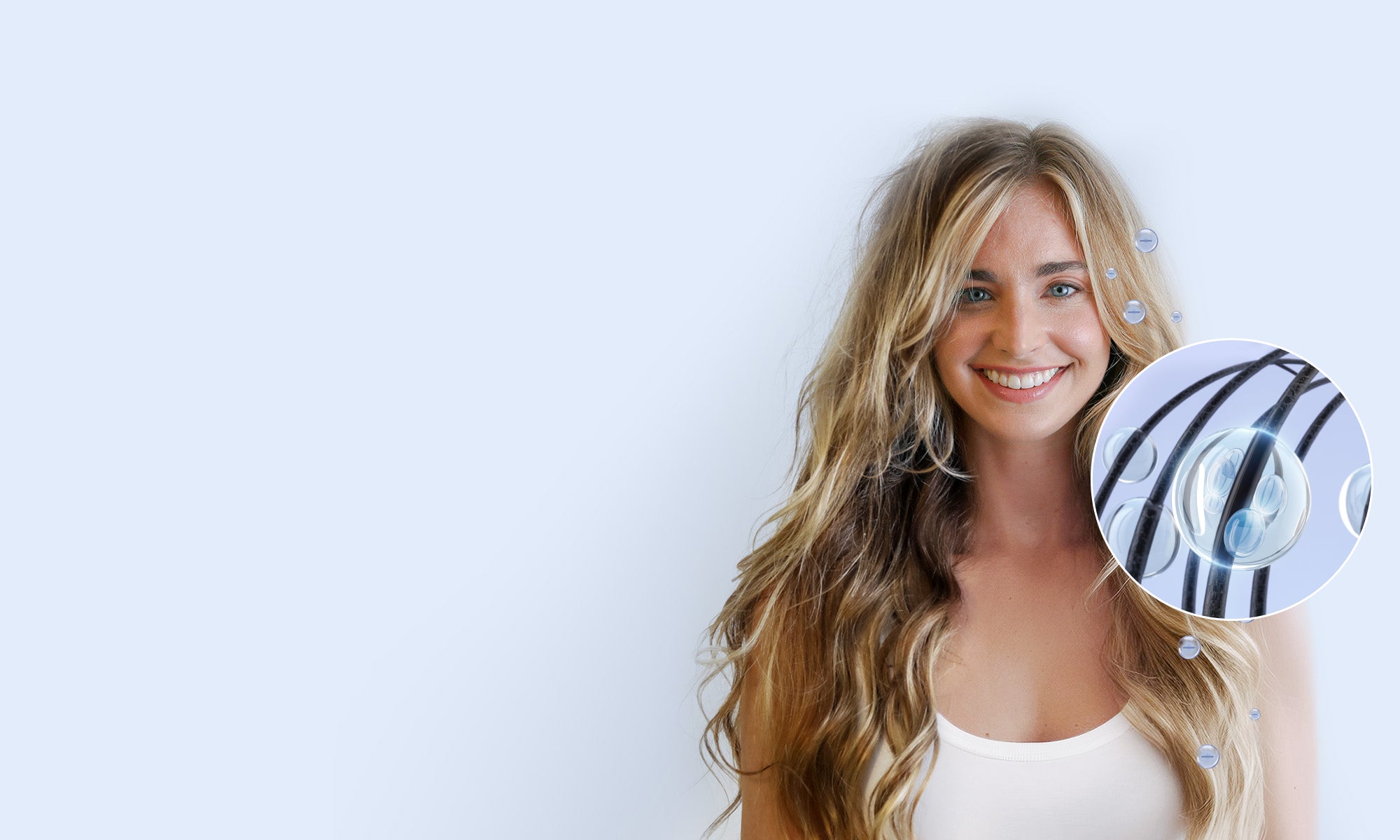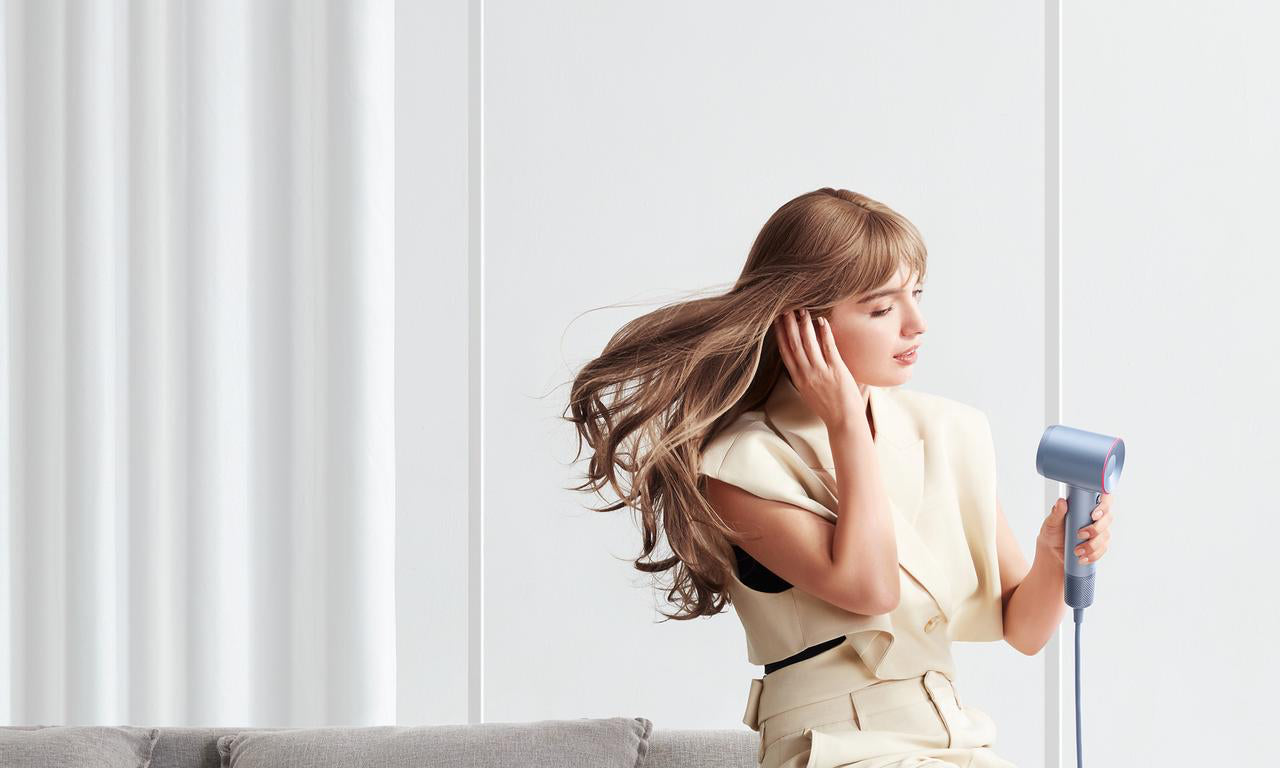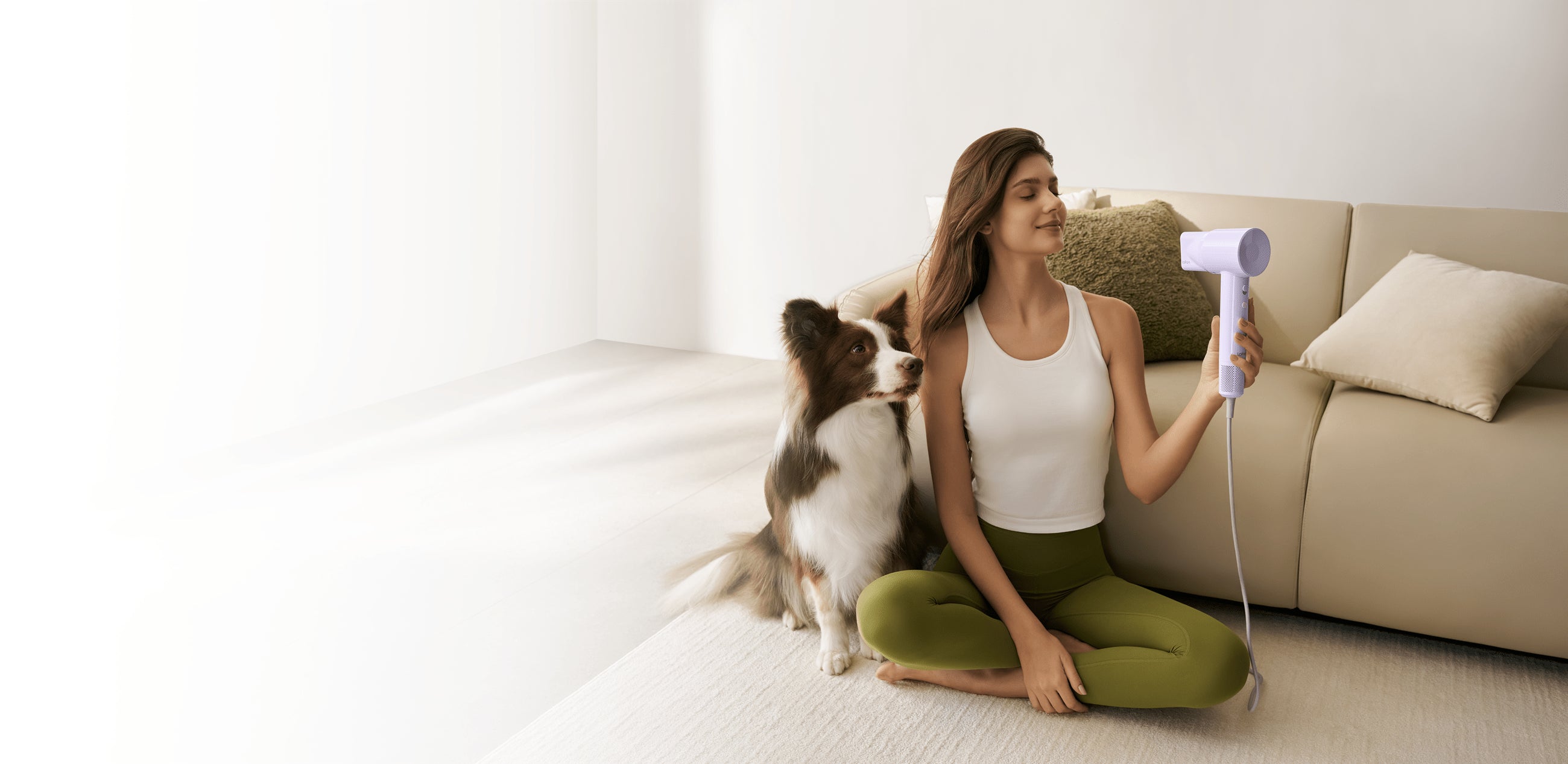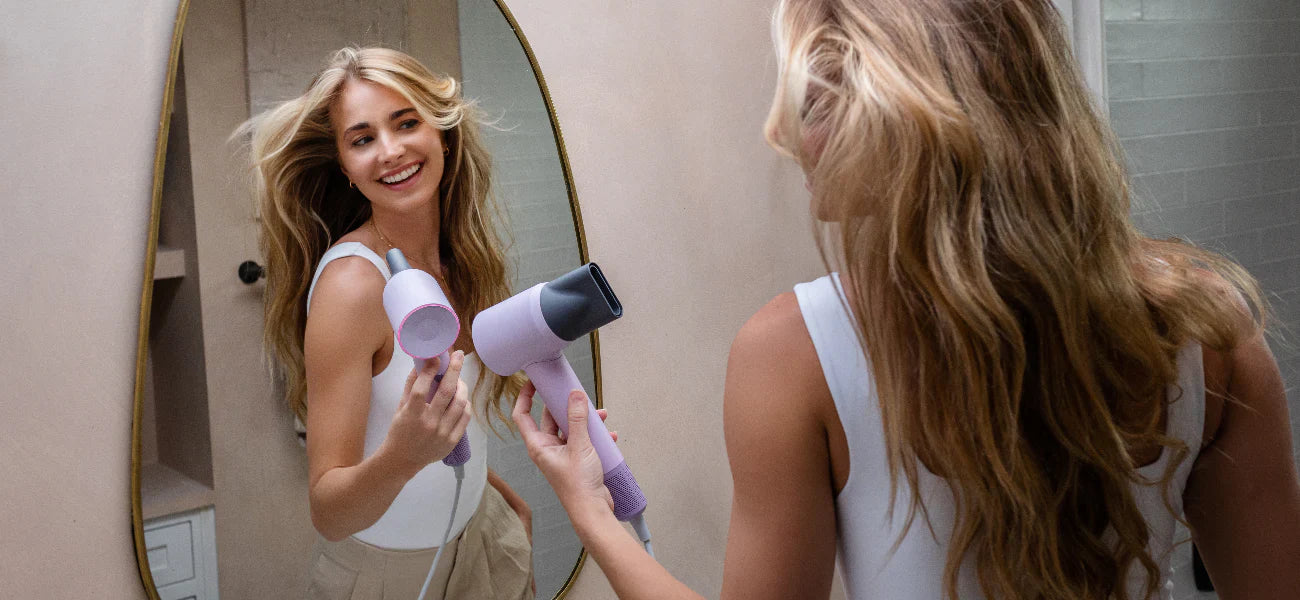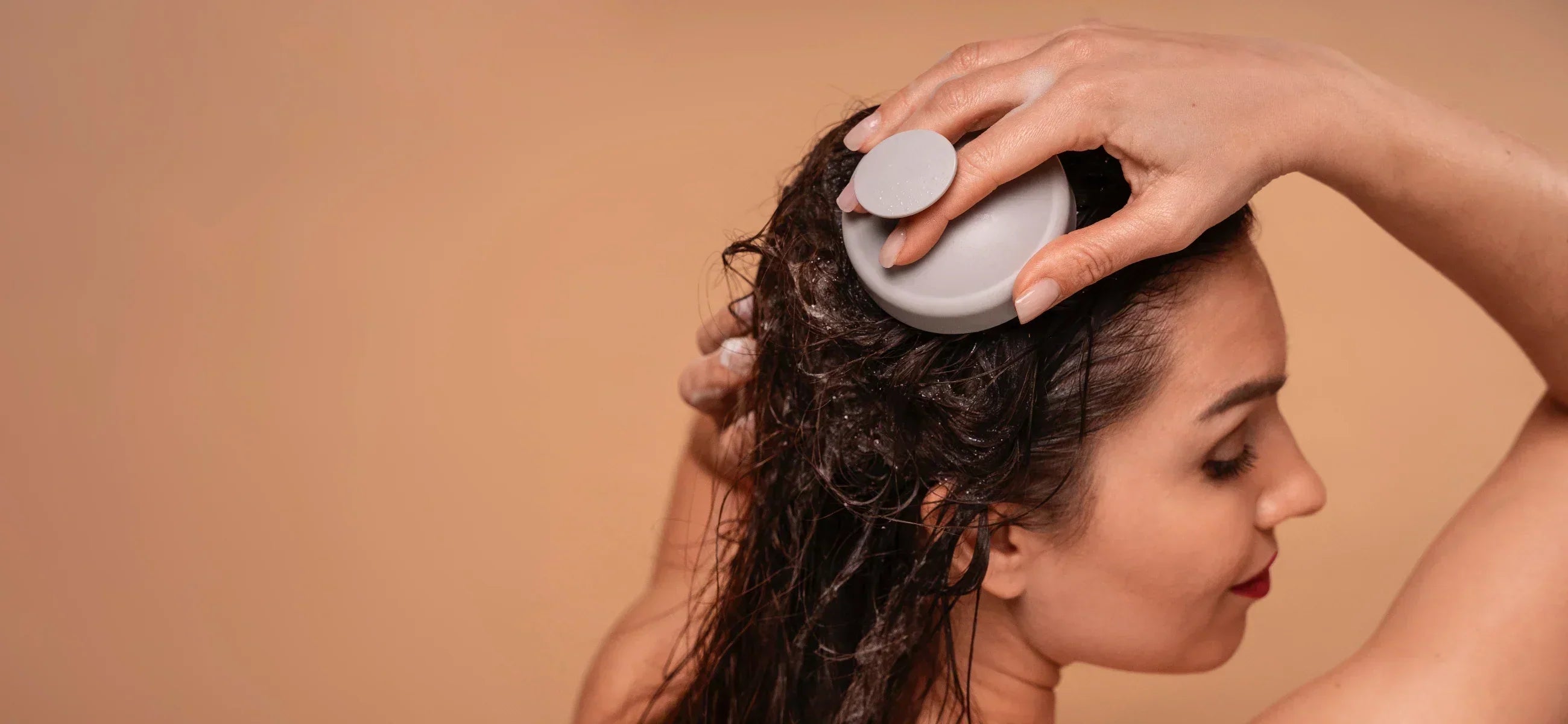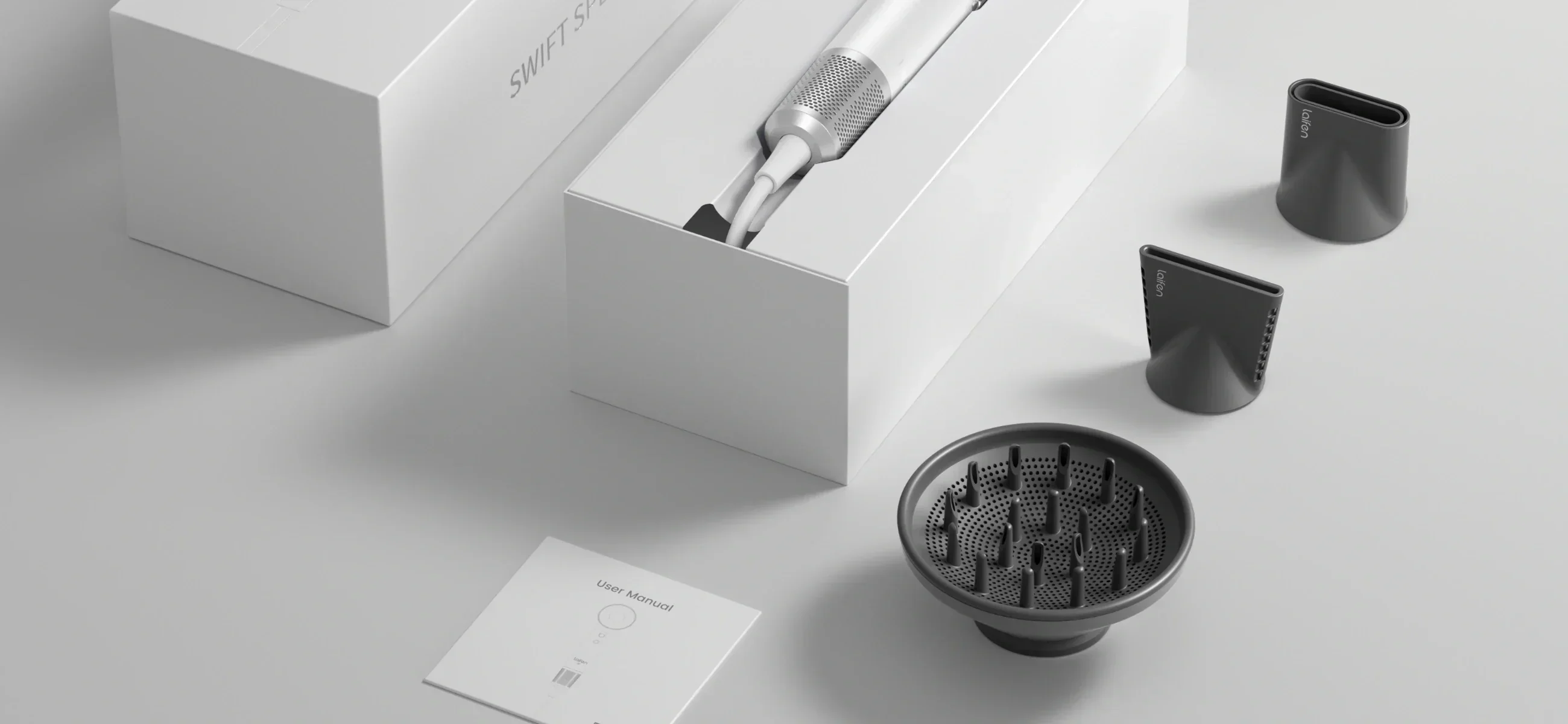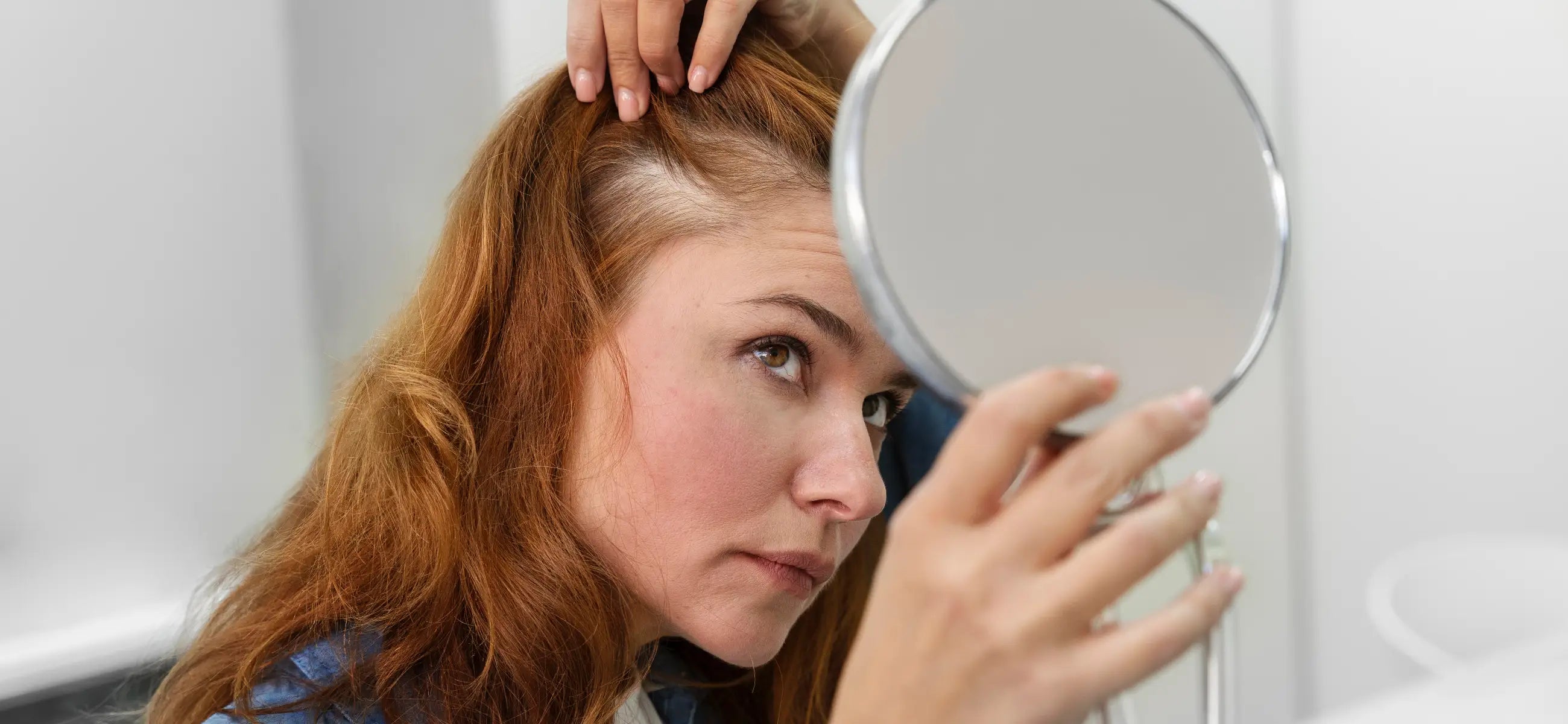
In this article
You might find yourself in a tricky situation with a dry scalp and oily hair. How does this happen? Well, environmental factors, the weather, and the way that you care for your hair can all cause a dry scalp and oily hair.
In most instances, a dry scalp can lead to oily hair. When your scalp dries out, the sebaceous glands can go into overdrive, which creates excess sebum in your hair, making it look more oily than usual.
As a result, you need to treat the dry scalp as the source of the problem, as this will reduce the oily look of your hair.
How do I tell if my hair is dry or oily?

You step out of the shower, run your fingers through your hair, and by lunchtime, it’s either a frizzy cloud or a slick mess. So… which is it? Dry or oily? Surprisingly, many people misread their hair’s signals, and end up treating the wrong issue.
Let’s fix that. Here’s how to really listen to your hair.
01. Your roots speak louder than your ends
Touch your scalp a few hours after washing.
-
Feels slick, looks shiny at the roots? That’s oil talking.
-
Still feels rough, flaky, or tight? Dry scalp may be the culprit if your hair doesn’t look dry yet.
Now slide your hand down to your ends.
-
If they’re splitting, straw-like, or tangle-prone, your hair is likely dry (or at least parched at the tips).
-
If they’re smooth and heavy, almost greasy, your hair leans oily—especially if the roots match.
02. How often are you washing?

Be honest.
-
Do you shampoo daily because your hair feels greasy by nightfall? You’re dealing with excess sebum (oily).
-
Do you avoid washing too often because your scalp gets itchy or irritated? That’s dryness showing up.
Sometimes, overwashing causes more oil. Sometimes, skipping wash days builds up grime on dry hair. That’s why it is a reaction.
03. Notice how your hair behaves
Dry hair will:
-
Puff up when it's humid
-
Look dull, even with product
-
Snap or shed easily
-
Feel rough or fragile when you run your fingers through it
Oily hair will:
-
Clump together at the roots
-
Lose volume quickly
-
Look shiny in a greasy, not-glossy, way
-
Feel heavy or flat before the day is over
If you need dry shampoo by noon, you’re definitely in oily territory. If no product seems to penetrate or help, you're likely dealing with dryness.
What causes dry scalp and oily hair?
Dry scalp and oily hair can be caused by various factors. Overactive sebaceous glands may lead to excess oil production on the scalp, while insufficient moisture or harsh hair products can cause dryness. Hormonal changes, diet, genetics, and environmental factors also play a role.
-
Overactive sebaceous glands: Result in excessive scalp oiliness.
-
Insufficient moisture: Leads to dry scalp.
-
Harsh hair products: Strips natural oils, causing dryness.
-
Hormonal changes: Affect oil production.
-
Diet and genetics: Influence scalp health.
-
Environmental factors: Such as weather and pollution, contribute to scalp issues.
Best tips for dry scalp and oily hair
Here are some effective tips for managing dry scalp and oily hair:
-
Use a gentle shampoo: Opt for a mild, sulfate-free shampoo to cleanse the scalp without stripping away too much natural oil.
-
Frequent washing: Wash your hair regularly to remove excess oil and prevent buildup on the scalp.
-
Hydrate the scalp: Use a hydrating scalp treatment or oil to moisturize the scalp and prevent dryness.
-
Avoid overwashing: While it’s important to keep the scalp clean, avoid washing your hair too frequently as it can strip away natural oils and exacerbate dryness.
-
Balanced diet: Eat a balanced diet rich in vitamins and minerals to promote scalp health from within.
-
Limit heat styling: Reduce the use of heat styling tools like flat irons and blow dryers, as they can further dry out the scalp and hair. Using negative ionic blow dryers.
Home remedies for oily scalp and dry hair
You must want to know what’s the best home remedy for oily scalp, dry hair, you can abide by your guides.
1. Aloe Vera + Green Tea Scalp Soother
For: Calming the scalp and slowing oil production
Mix two tablespoons of fresh aloe vera gel with 1 tablespoon of cooled green tea. Add to your scalp and massage it in. Let it sit for 15–20 minutes before rinsing.
Why it works: Aloe hydrates without clogging pores, while green tea tones down overactive sebaceous glands. Together, they calm a dry, irritated scalp and reduce oiliness at the root.
2. Rosemary + Apple Cider Vinegar Rinse
For: Balancing pH and clarifying roots
Brew a strong rosemary tea (1 tbsp dried rosemary in 1 cup hot water) and let it cool. Add a tablespoon of apple cider vinegar. After shampooing, pour this rinse over your scalp and hair, then leave it on for 2–3 minutes before washing out.
Why it works: ACV resets your scalp’s pH and breaks down residue, while rosemary improves blood flow and calms dryness.
3. Yogurt + Honey Hair Mask
For: Deeply moisturizing dry ends
Mix 2 tablespoons of full-fat plain yogurt with 1 teaspoon of honey. Apply only to the mid-lengths and ends of your hair (avoid the scalp). Let it sit for 20–30 minutes, then rinse thoroughly.
Why it works: Yogurt nourishes and softens dry strands, and honey locks in moisture. It gives thirsty ends what they need without making your scalp oilier.
4. Witch Hazel Spot Treatment
For: Scalp spot treatment on oily patches
Soak a cotton ball in alcohol-free witch hazel and dab it on oily spots at the crown or hairline. Do this before bed once or twice a week.
Why it works: Witch hazel is a natural astringent that helps control oil without stripping.
5. Avocado + Jojoba Oil Cream
For: Replenishing hair ends without triggering scalp oil
Mash ½ a ripe avocado and mix in 1 tsp of jojoba oil. Work the mix through the bottom half of your hair. Leave for 20 minutes, then rinse with cool water.
Why it works: Jojoba mimics your scalp’s natural sebum while avocado delivers deep, non-greasy moisture to brittle ends.
6. Clay + Cucumber Scalp Mask
For: Absorbing excess oil while soothing dryness
Blend 2 tbsp bentonite or multani mitti (fuller’s earth) with cucumber juice until it forms a paste. Apply only to your scalp. Let it sit for 10–15 minutes, then rinse well.
Why it works: Clay draws out excess oil and buildup, while cucumber cools and hydrates. It’s a reset button for scalp confusion.
5 best dry scalp and oily hair products in 2025
Explore our recommendations for healthier, more balanced hair today.
Top 1. Blow dryer
One of the leading causes of a dry scalp is blow drying your hair incorrectly. Specifically, if you always use a blow dryer on its hottest setting, you’re likely to cause accidental damage to your scalp.
One of the reasons why Laifen dryers are so popular is that they all feature adjustable heat settings, meaning you can easily control how hot the air is when you dry your hair. We recommend drying your hair on the cool and medium setting from time to time, particularly if you’re suffering from a dry scalp or dry ends.
You can opt for the Laifen Swift Special or the SE dryer to improve the way you blow dry your hair this year.
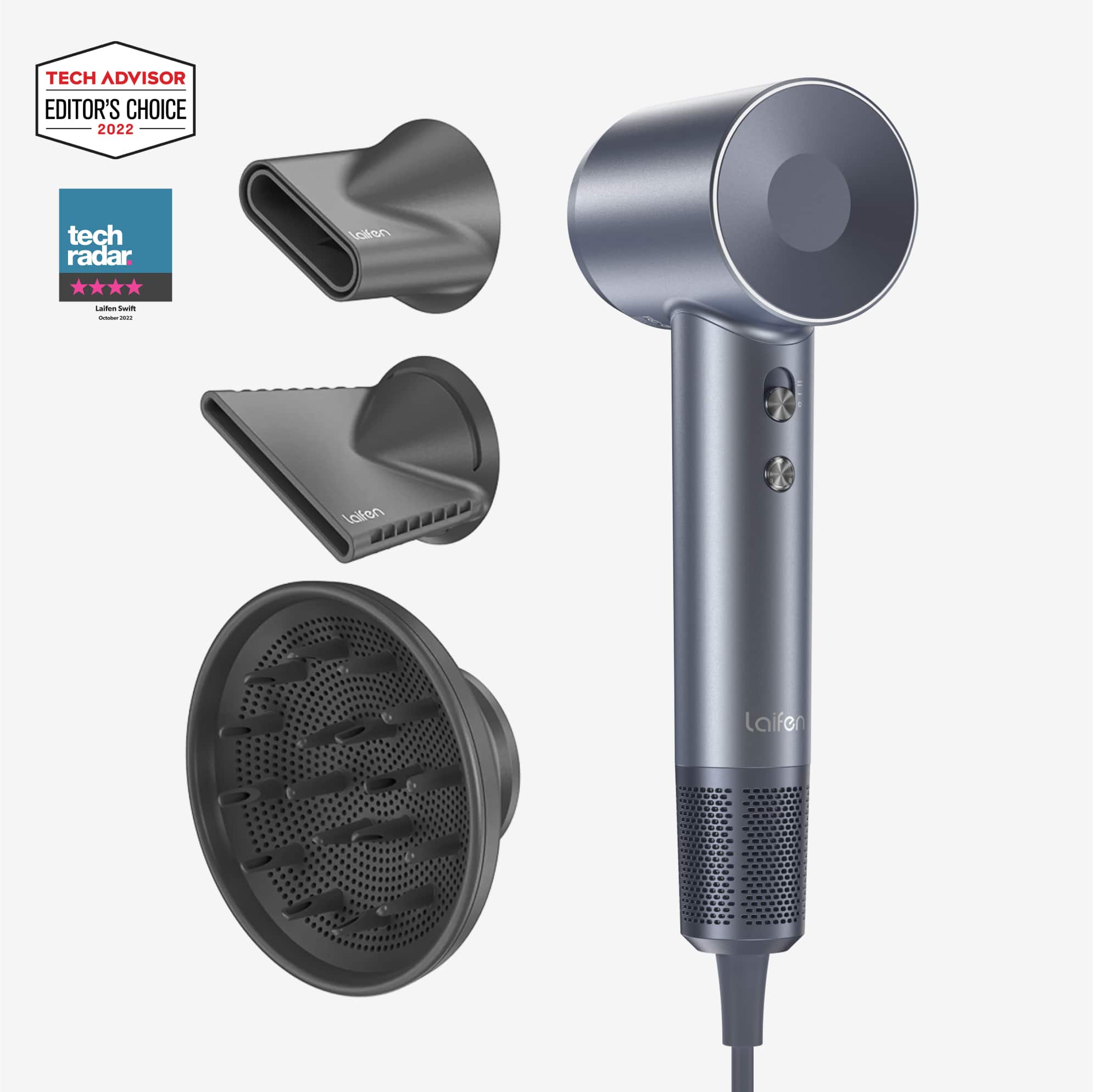
Top 2. The best shampoo for dry scalp and oily hair
If you have a dry scalp and/or oily hair, you need to think about the shampoo that you’re using. Often, if the shampoo has harsh chemicals like sulphate, it can lead to itchiness, dryness, and soreness of the scalp.
What’s more, if shampoos consist of rich and heavy ingredients, you might find that it leaves your hair looking more oily than it should.
The key here is balance. You want to retain the natural oils in your hair without your scalp drying out. So, shampoos with ingredients like hyaluronic acid, aloe vera, and jojoba oil are great, as they are lightweight hydrators that help to maintain your hair’s natural oils.
Top 3. A hair mask for oily scalp and dry ends
A simple home remedy for oily scalp and dry hair is a DIY hair mask. You can put together a hair mask for your dry hair with ingredients that you already have at home, or you can shop online to get the ingredients that you need.
If your ends are super dry, you need to opt for a hydrating hair mask. There are so many DIY options out there – check out our recent blog post (link) on the subject – and put together a mask that rehydrates your hair to perfection. Read up to how to avoid split ends.
For the best results, we recommend leaving a hair mask in for at least thirty minutes, and you will need to thoroughly wash it out after to protect your hair’s shine.
Top 4. A boar brush
Using the wrong type of hair brush can have consequences for your oily hair. One of the best types of brush is a boar brush, as it helps to distribute natural oils from the root of your hair to the locks.
You also need to think carefully about the thickness of your hair brush. For instance, if you have thicker hair, opt for longer bristles. If you have damaged your scalp, consider flexible bristles, as these are more gentle on your hair follicles and prevent damage in the long run.
Top 5. A leave-in conditioner for dry scalp oily hair
Moroccan Argan Oil is one of the best leave-in conditioners for damaged and dry scalps, as it provides nourishment and hydration for your scalp.
If you opt for a different product, you need to check that your chosen leave-in conditioner is made specifically for a dry scalp. Some leave-in conditioners may end up doing more harm than good if they are not fit for purpose.
The same logic applies when choosing a shampoo and conditioner – avoid harsh chemicals and look for nourishing and hydrating ingredients wherever possible.
Recap
If you’re struggling with dry scalp and oily hair, the chances are you’re using the wrong products as part of your daily haircare routine.
Good enough, making some simple changes can result in the world of difference. Opt for a better dryer, the best type of hair brush (boar bristles), and select a shampoo, conditioner, and hair mask with hydrating properties.
You can also read our FAQs below for more information about why your scalp may be dry and your hair oily.
FAQs
Q1: Why is my scalp dry but hair oily?
There are several reasons for this. One might be the weather, another might be your hair care routine. The key is to rehydrate the scalp with the right ingredients. You also need to use products that prevent your hair from looking too oily, such as those introduced above.
Q2: Does dry scalp cause oily hair?
In some instances, dry scalp can lead to oily hair. This is because a dry scalp can trigger activity within your sebaceous glands, which means they produce more sebum than necessary. As a result, your hair can look more oily than it normally does.
Q3: How to treat dry scalp and oil hair?
To treat a dry scalp and oily hair, you need to choose the right products. We have introduced five products to help you in the article above.
Q4: Which oil is best for oily scalp and dry hair
Jojoba oil is ideal, which balances scalp oil without clogging pores and deeply hydrates dry ends.
Q5: Can you have an oily scalp and frizzy hair?
Yes, it’s common! Your scalp can produce excess oil while your hair stays dry and frizzy.
Q6: Which conditioner is best for oily scalp and dry hair?
Choose a lightweight, silicone-free conditioner. So you can select formulas with tea tree oil, aloe vera, or hyaluronic acid.

